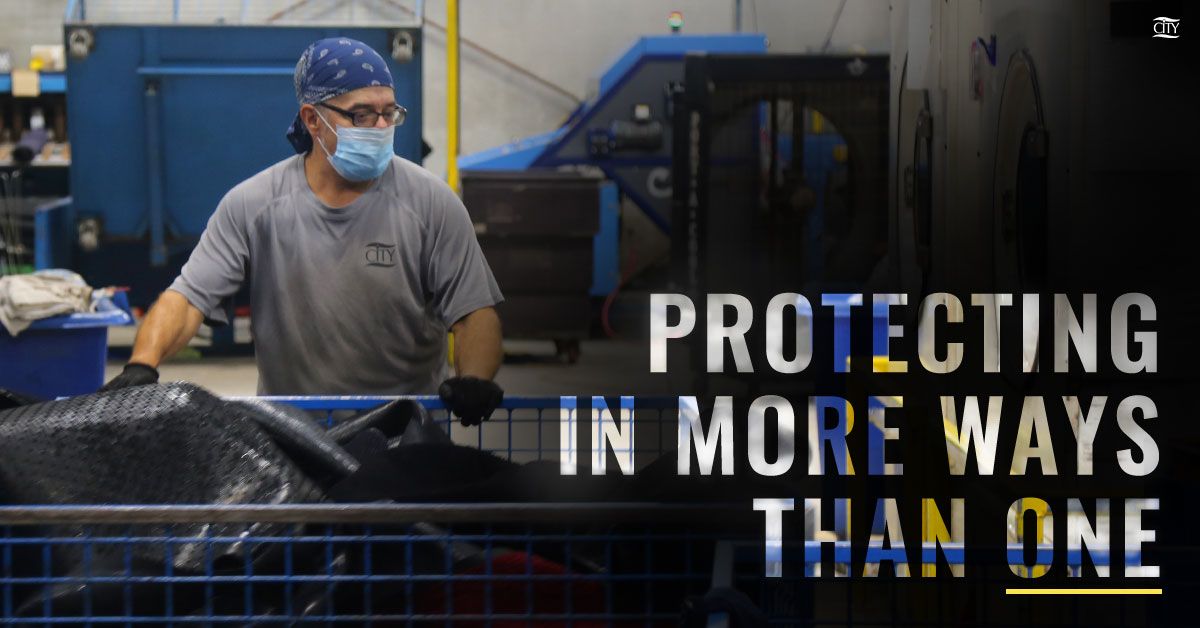Protecting in more Ways Than One
9/14/20
The latest numbers from the Bureau of Labor statistics show 2.8 million nonfatal workplace injuries and illnesses reported by private industry employers in 2018.
“When people go home from work, they should be in the same state as what they arrived to work in,” Colin Wetlaufer, CITY’s president said. “It’s not safety first, it's safety always.”.

Workplace injuries can drastically impact workplace culture and employee productivity. If a worker can’t be at work and a lost-time injury occurs, productivity and profit can suffer. At the same time, safety is an important driver for company culture and making sure employees understand they are valued and cared for.
“Any employer needs to realize their greatest asset is their employees and to protect them,” Lisa Hingst, Risk Improvement Strategist with the ACCEL Group said. “It's very personal and safety is an opportunity to grow, learn and improve.”
CITY partners with the ACCEL group to help companies identify safety needs and make sure a customized solution helps employers find the perfect fit for safety. Everything from OSHA compliance, to making sure employees have resources like a working first-aid cabinet, can help in improving productivity and a comfortable working environment.
“By being proactive you can influence so many things,” Kyle Ledger, Business Risk Advisor with the ACCEL Group said. “When it comes to costs, such as culture, turnover, recruiting and productivity from your employees. All of those things really are affected by a risk management program and making sure you make safety the number one priority.”
The total cost of work injuries in 2018 was $170.8 billion, the cost per worker in 2018 was 1,100. This includes the value of goods or services each worker must produce to offset the cost of work injuries. According to the Centers for Disease Control and Prevention, productivity losses related to personal and family health problems cost U.S. employers $1,656 per employee per year, or $225.8 billion annually.
“Safe is effective, and effective is fast,” Colin said. “It's about taking out unnecessary movements, and that's the fastest way to do something. When you have potential safety injuries or people slow down or it fatigues them, maybe lose time, then you can't be productive.”
As a vendor of first aid and facility services, CITY helps customers to keep their employees safe, healthy, and productive. With first aid experts on the team, CITY prides itself on knowing what it takes to stay compliant, as well as improve health and morale. Having a readily available first aid cabinet allows people to get what they need without involving leadership to handle those everyday first aid inquiries.
“A properly managed first aid program should save you money- because you’re going to save on lost time – of people not being able to work,” Colin said. Which will, in turn, affect the productivity of your employees as well as your business and be safe and protected in more ways than one.